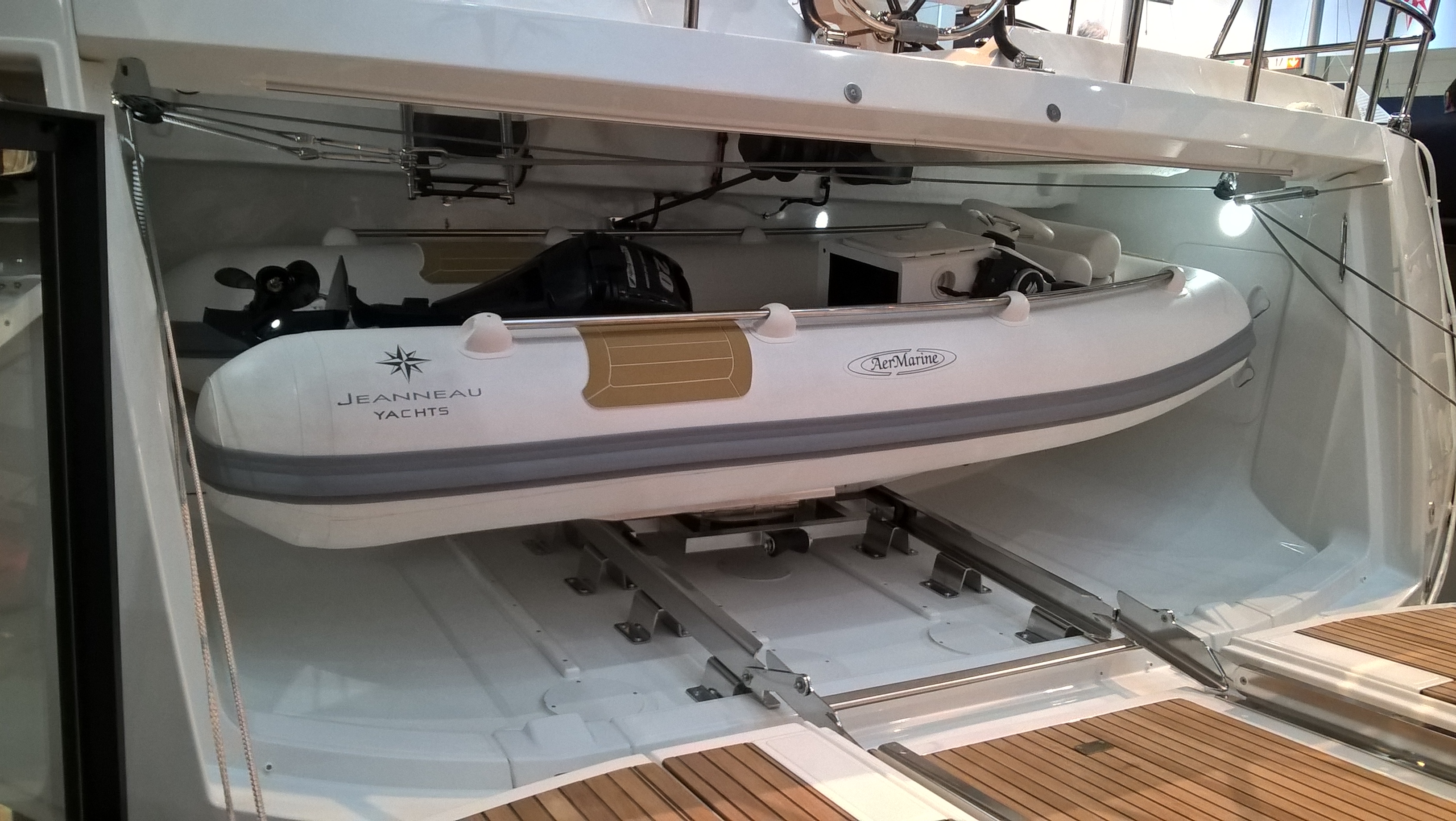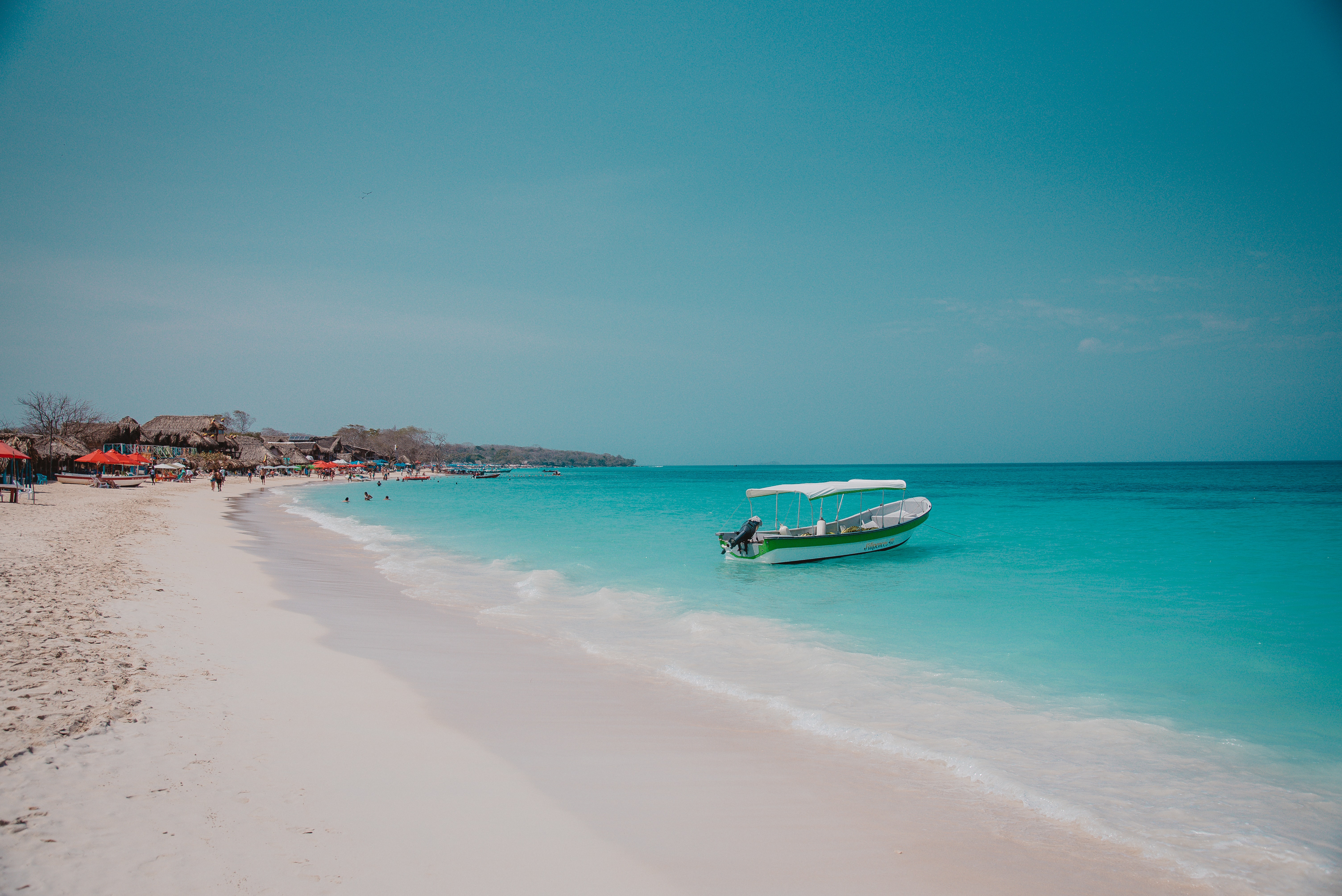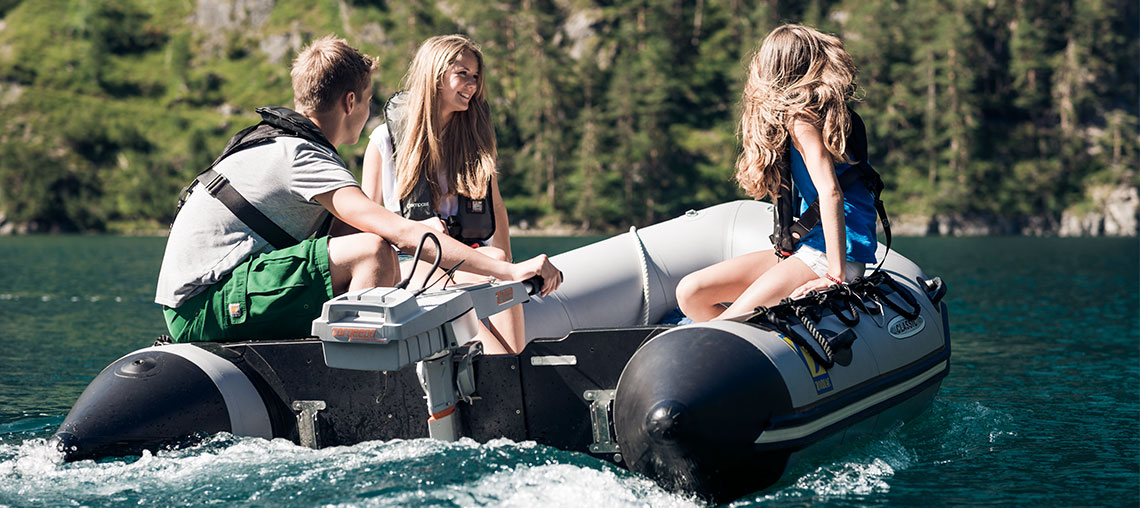What is a tender? Excellent speed, surrounded by stylish and modern hull! It can serve as a nice accessory for a superyacht or become an independent boat.
All owners of yachts immediately understand that they need a tender boat to take them from the anchorage to the coast. This can be not only a small inflatable boat that can be thrown into the water quickly but also a yacht-style boat that matches its size and reflects the character of the owner.
RIBs are currently the most popular tenders in the global water engine market. The models are mainly manufactured with a length of 3 to 15 meters and can be designed for 2 to 3 people and a couple of dozen passengers. The first question that a manager asks you when buying a tender: how big your yacht is and how the tender would be stored. It is important to know the weight, dimensions and type of launch.
RIB tenders are used on yachts 20 to 50 meters long. The motors are both classically mounted and used as a water jet and hidden in the hull of the boat. The latter differ advantageously in that they develop a very decent speed and are safer for bathers since they have no open moving parts in the form of screws.
Typically, tenders are used to get passengers ashore, food on a yacht, and garbage ashore. Do you need to understand the additional purpose of the boat you are going to buy - would it be a simple ship for landing on a non-equipped shore or would it be needed for day trips from a yacht? Probably you would like to use it for entertainment, water skiing, wakeboarding and an inflatable attraction? If so, you need to take the RIB with you with a wakeboard rack, a powerful motor and a sufficient number of passenger seats.
The next category is a classic style tender, which can either be a series model of a small boat or custom-made for a particular superyacht. For those who want a larger tender than the garage can hold, the Italian company AerMarine offers Alusmart models - aluminium tenders with a rigid body that are extremely light, comfortable and powerful even with low power consumption. A special feature of Alusmart is the "soft nose" - an exclusive solution to place a tender that is 70 cm longer than an existing garage, thanks to a nose that can be downloaded separately from the body.

Limousine tenders, luxury boats with a fully enclosed cabin for VIP passengers with interior and exterior decoration made of expensive materials, are already running on yachts with a size of 50 meters or more. Large yachts sometimes have several tenders for different tasks: a limousine tender for the transportation of guests, a tender for water activities and fishing, a tender for the crew (delivery of food and garbage collection), a tender for SOLAS, which it should be on board to ensure the safety of passengers.
The location of the tender on board of the yacht depends on the size and arrangement of the ship. Some owners prefer to simply tow offers behind the yacht instead of setting the deck. For yachts up to 26 meters, the tender can be on a flybridge or attached to a bathing platform. With a boat size of 30 meters and more, it is almost always in a separate garage in the stern of the yacht. However, at the large yachts, tender and jet skis can also be located on the bow, leaving space for the Beach Club in the stern.
Pay attention to the water area in which the boat is used and the maximum sea activity in this area. The answers to all of these questions affect the size of the tender, its configuration, additional options, the performance of the outboard motor and thus the purchase budget.
At the Marine.Expert online-store you can choose a tender, an outboard motor, a RIB, SUP-surf and other necessary goods and accessories for your yacht.

Characteristics of the proper operation of the tender:
The presence of a tender enables not only the carrying of freight transports and ship manoeuvres but also the use of the boat for recreational purposes. However, it must be noted that the tender has its technical characteristics and is dangerous when mismanaged. Follow the rules below to avoid problems:
Launch the tender into the water:
- Make sure that the tender is fully equipped (engine, rudder, anchor, mooring line, small first aid kit, fuel in the engine if the engine is petrol, and state of charge of the electric motor).
- Check the integrity of the boat sides, bottom and cavity of the lockers. Inflate any inflatable cavities at the tender. If leaks are found, correct the errors in advance!
- Pack the necessary documents and personal items in a waterproof bag (packaging). Radio transmitter, attach to the fastenings for it;
- If the tender has an inflatable structure - check the correct functioning of the "vent valves" so that excess hot air can escape to the sides and bottom. Remember - with intense UV radiation, the air in the structure of the boat expands! Structural breaks can occur on the sides and bottom of the inflatable tender.
- Check the drain plug before starting the tender. It shouldn't leak. This applies in particular to boats with a self-pouring cockpit.
- The engine power of the tender must meet the technical specifications. The more powerful the engine, the more difficult it is to steer the boat. There is a possibility of losing controllability and tipping of the boat.

What else needs to be considered when using the tender?
- Don't forget to put on lifejackets before boarding the boat.
- Avoid overloading the tender or stacking the cargo without achieving "loading symmetry".
- Safety lanyard - attach to the foot or the back of the knee. This is impractical, but it is safe. Tender propellers are fatal if handled improperly.
- Take the phone on a walk and place it in a separate, sealed case that is separate from the walkie-talkie. If there is no radio connection (radio interference), the phone is helpful.
- Tell the crew or guests left on the yacht the area you are going to and the estimated time of return
- Check the length of the mooring line on the bow of the tender! The length of the line should not reach the propeller, otherwise, the mooring line will wind around the propeller.
- Be especially careful when off-shore wind. In combination with the wave, it can pick up the stern of the tender and tip it over when it approaches the shore. It will also be difficult for you to return to the yacht from the beach.
- If you use a tender for entertainment: water skiing, "rolls" and "bananas", there must be someone on board next to the helmsman who is watching the tow.
When returning to the yacht, turn off the fuel and leave the engine on to burn out the remaining fuel in the system. If you are using an electric motor such as Torqeedo Travel, simply connect the battery to the charger so that it is fully ready next time.